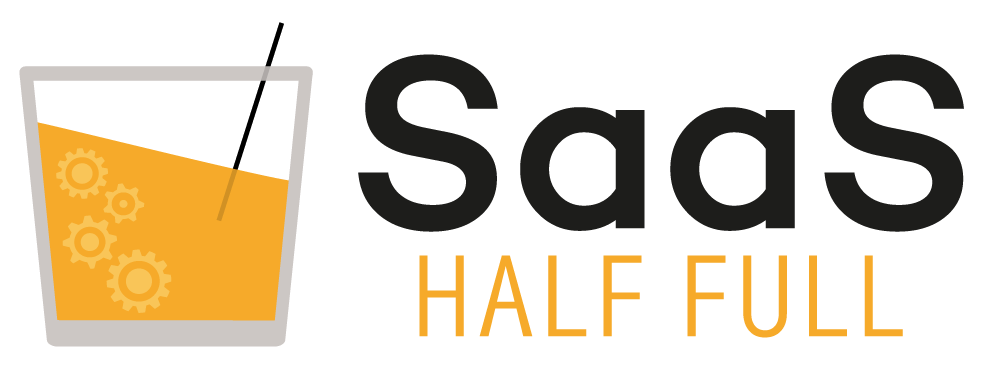In this episode of SaaS Half Full, Lindsey Groepper chats with Araks Nalbandyan, Director of Digital Marketing at 10Web.
How can SaaS companies compete in crowded markets, mainly if the category competition includes large, enterprise brands with legacy power? Whether you’re thinking about entering a new category or becoming more well-known in the one you’re in, listen and learn from Araks as she tackles the common mistakes SaaS marketing teams make when competing in a saturated landscape.
Mistake #1: Not identifying a niche
Many SaaS brands find themselves in categories crowded with both point solutions and legacy enterprise platforms. Suppose all things are considered relatively equal in terms of product, features and target buyers. In that case, it is tough to differentiate, and companies make the mistake of trying to gain market share with a target audience that is well-saturated with solutions.
Araks suggests finding a new target audience or niche whose pain points can be solved by your product but aren’t currently being marketed or sold to by many vendors. This audience is ripe for targeting, and Araks says it is much easier to become a “main character” if you are the first to market to them. While the product doesn’t necessarily change, the messaging will focus entirely on the niche.
Mistake #2: Excluding goliath competitors
It is a tough row to sow for scale-up SaaS companies to overtake goliath enterprise companies when it comes to gaining market share. So, why even include them in your competitive intelligence and analysis? Because when they zig, you can zag. By examining the moves of enterprise competitors, Araks says marketers can uncover gaps in two places: messaging and marketing channels.
Marketers may find that, for example, a large competitor uses very traditional marketing tactics and has left more modern channels like Snapchat and TikTok untouched. This gap provides an opportunity to build your brand on these channels, differentiating among the active audiences there.
Mistake #3: Limiting research
Often, marketing teams default to a 12-24 month research window when analyzing how competitors appear in the market. Araks believes this does not give the complete picture or deep enough intel, especially with enterprise giants.
“I really should advise taking a look into how they grew…when their initial, exponential growth was and see what they did for the growth,” she said. “Take a look at the year [the competitor] got their main breakthrough and [how they] became a giant.”
Ultimately, competition is good. It helps drive innovation and motivates businesses never to settle. Araks says the best thing about competition is “how you can take a look at competition as a solution for making your product better, making your marketing efforts better and [finding] something that will work for you.”
For more of Araks’ insights, listen to Episode 318 of SaaS Half Full.
